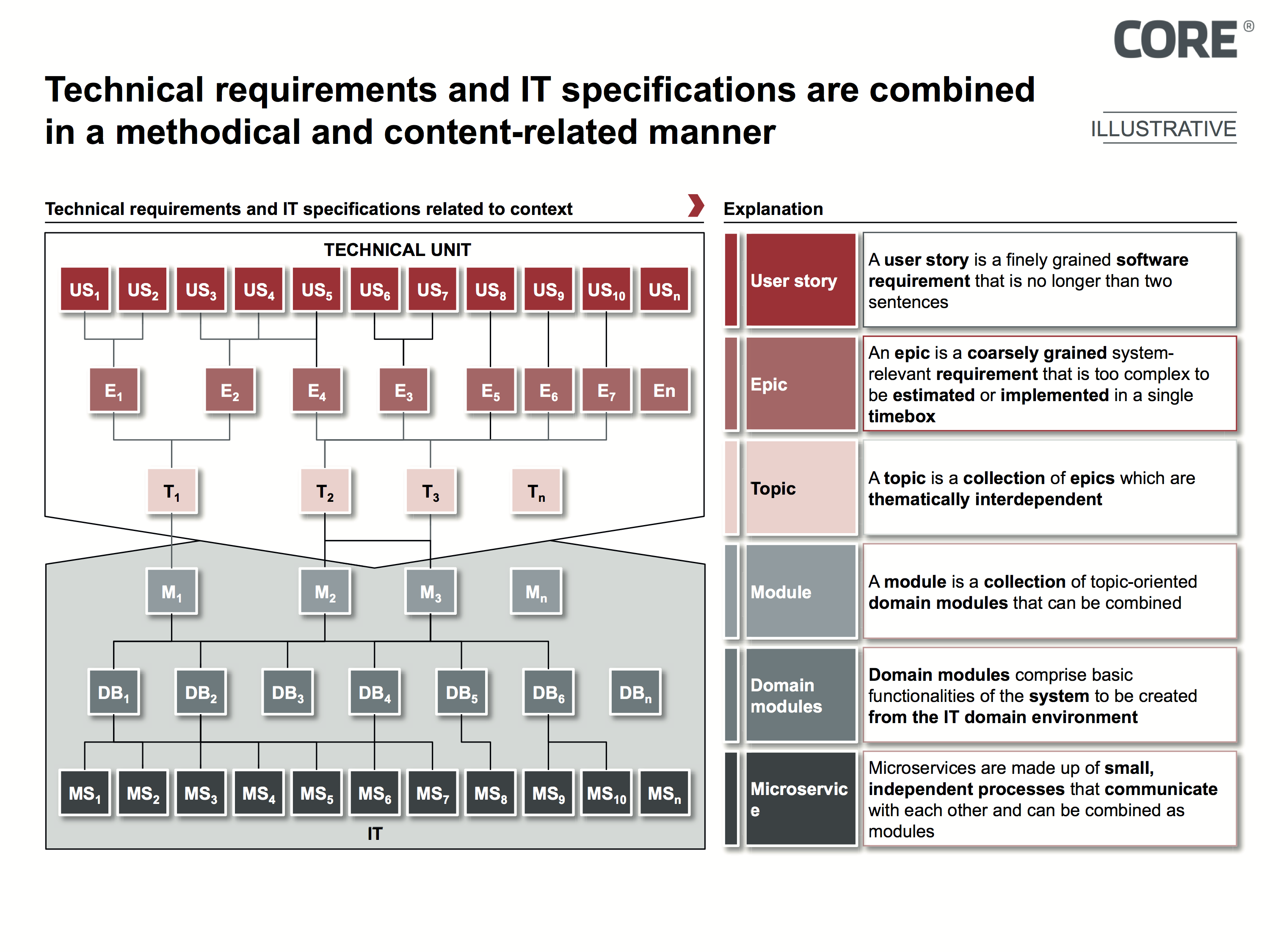Blogpost
Greenfield Transformation in the Finance Industry - 5 Key Success Factors
Meet our authors
Reference items
Expert En - Artur Burgardt

Managing Partner
Artur
Burgardt
Artur Burgardt is Managing Partner at CORE. He focuses, among other things, on the conceptual design and implementation of digital products. His focus is on identity management, innovative payment ...
Read moreArtur Burgardt is Managing Partner at CORE. He focuses, among other things, on the conceptual design and implementation of digital products. His focus is on identity management, innovative payment and banking products, modern technologies / technical standards, architecture conceptualisation and their use in complex heterogeneous system environments.
Read less



